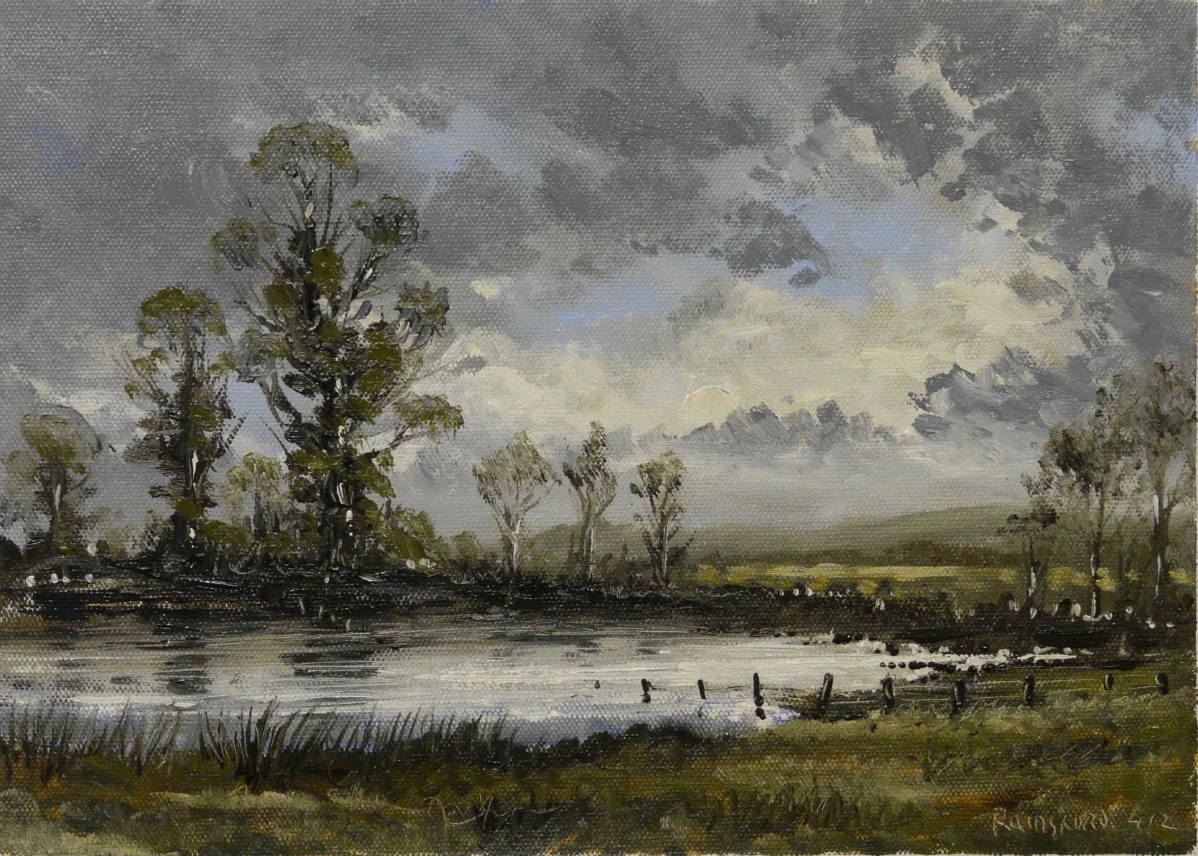There is a lot of talk about biodiversity: politicians use the word to attract a few more votes, businesses use it to tick some boxes, farmers squeeze some small strips of land for to improve the wildlife, and celebrities wear it as a green badge. But are there any real signs of a recovery in biodiversity?
Biodiversity is a large and complex subject and therefore to keep this post short we will concentrate on a particular bird and use it as a thermometer to take the temperature of biodiversity. We will steer clear of the birds that are on BoCC Red List such as Bewick’s Swan or Dunlin because they already get lots of attention in the media. Instead we will use a bird that is on the amber list, which means that its population is in moderate decline, and find out what is in place to stop it slipping onto the red list. The bird that caught my eye was the small wading bird, the Common Snipe, or rather hasn’t caught my eye because I can’t remember ever seeing one. Over recent years its population has started to decline in the UK. The causes are many: improved land drainage, lowering of the water table, lower base river flows due to water abstraction and fragmentation of habitat which has isolated its populations making it more vulnerable. Common Snipe can be shot between early August to end of January, the shooting season, but it is unclear how much of an impact this is having on their population.

The best estimate of the Common Snipe population is about 80,000 breading pairs which can swell to over a million during winter. The UK population of Common Snipe has undergone a moderate decline in the past twenty-five years, with particularly steep declines in lowland wet grassland. Surveys in England and Wales revealed a decrease of 62% in breeding birds in wet meadows between 1982 and 2002. It is still quite common in the north of England so while it’s on the amber list, it is due to its decline in the south. On the Conservation of Threatened Species Red List, which looks at species population worldwide, its status is officially “of least concern”.
The UK Government has various legislation and policies in place to improve biodiversity. The Environmental Act 2021 includes a section on biodiversity with “species abundance target” by 2030 of “at least 10% higher than the overall relative species abundance index for 31st December 2030 (the specified date for the 2030 species abundance target).” But as the target will be set in 2030, when the population of the Common Snipe will have declined further, then there is little hope that it will have an effect on its recovery. In the The Environmental Targets (Biodiversity) (England) Regulations 2023 there is a range of documents on UK National Ecosystem Assessment and a Biodiversity Strategy 2020 but the implications for Common Snipe are unclear. More specifically, for farming the introduction of Environmental Land Management (ELM) does include the rejuvenation of wetland and costal habitats but only provides support for threatened species such as the Nightjar and Dartford Warbler, there is nothing for the Common Snipe. Overall, there seems to be little help from legislations, or government policies, to stop the Common Snipe’s population from slipping into conservatory status of red.
During the late 2000s the RSPB put a species recovery action plan in place but its success is not clear. Around about 2010s, most local councils had put biodiversity plans in place but their outcome has faded into silence. For example, Shropshire had a couple of efforts to improve their population of Common Snipe. However, they didn’t reply to my questions about the success of their plans ( I am assuming that silence means that nothing happened ). Most councils have a Biodiversity link on their web sites but it is to do with species protection as part of their planning process. But because the Common Snipe is a wetland bird, as expected, there is no mention about saving its habitat.
In conclusion biodiversity is ‘falling between many stools’ of various groups. The UK government produce lots of strategy documents, usually driven by estimates of species population from voluntary organisations, but the link to action plans is unclear. Local councils start initiatives to improve biodiversity but due to other priorities they are dropped by the way side. In specific cases where biodiversity is part of the planning process it is so vague that even the species at threat will struggle to survive. Volunteer groups, who are the backbone of the drive to improve biodiversity, lack enough resources to carry through any significant change. Farmers, who are in the middle of the transition from Direct Payment subsidies to ELMs, will probably loose sight of the species on the amber list such as the Common Snipe because of the complexity and constraints of the new payment system.
The Common Snipe is seen by most organisations as not being at risk and is either ignored or swept up in wider initiatives to improve the habitats for wader populations. A deeper understanding of the ecology of a species, for example the impact of predation, is at the trial-and-error stage of research and therefore it is difficult to predict how a particular bird population can be improved. Using the Common Snipe to measure the improvement in biodiversity in the UK then it is reading lukewarm!
Big thanks to the Royal Society For the Protection of Birds, British Trust for Ornithology, The Wildlife Trusts and the Countryside Alliance for taking the time to answer my questions.
